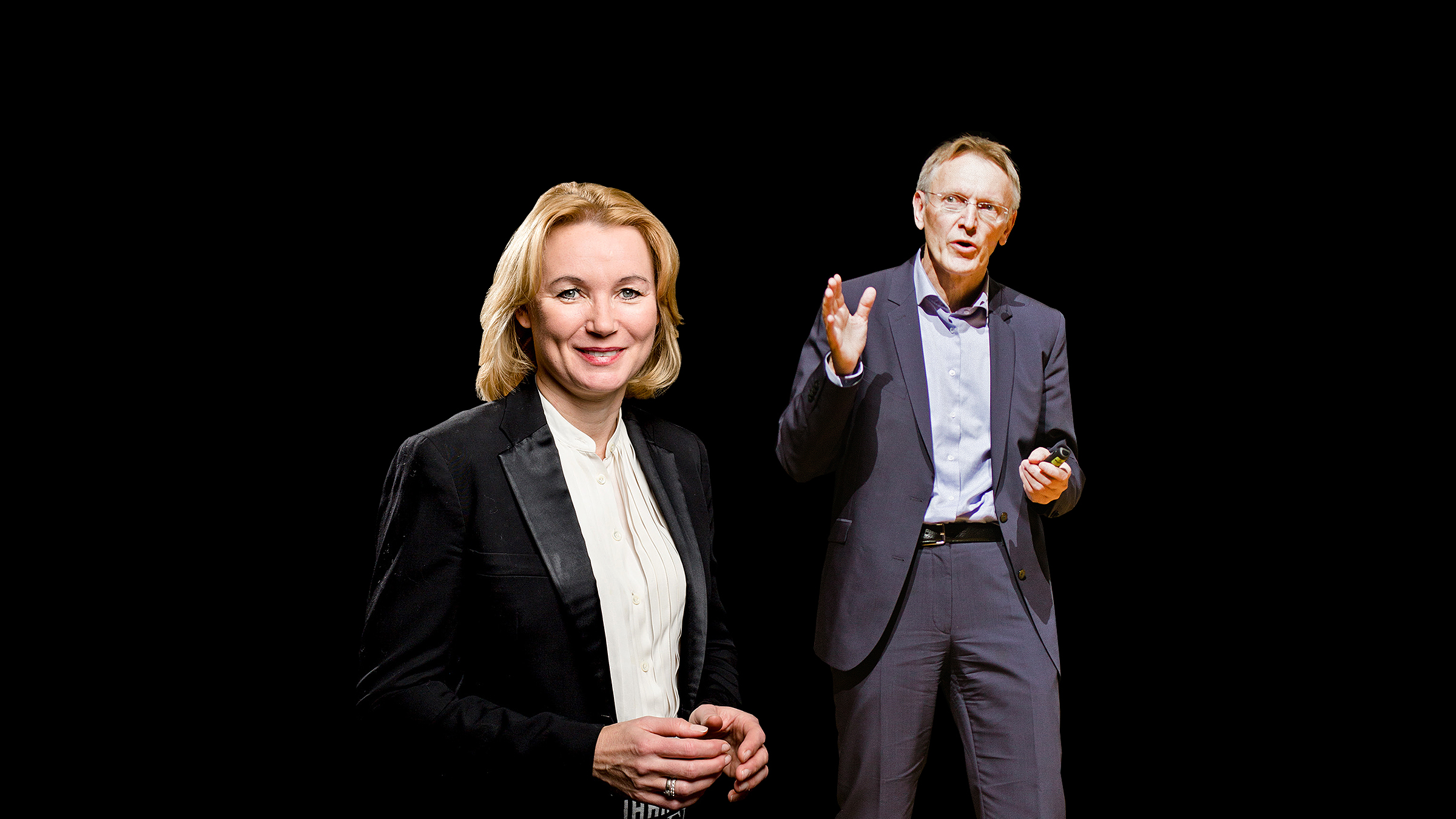The recent report by the Intergovernmental Panel on Climate Change (IPCC) made headlines everywhere. And for a reason: it can be a real game-changer, if it forces us to decouple resource use from economic growth.
The report made it clear that to avoid catastrophic risks, we should aim at limiting global warming to 1.5 degrees. Just half a degree more could mean twice as much habitat loss and twice as many people suffering from water shortage – and ice-free summers in the Arctic Ocean ten times as often.
The report also drove home that cutting emissions fast enough is still possible – and incredibly difficult. After decades of close to uninterrupted growth in emissions, the world would now need to cut emissions in half by 2030 and reach net zero emissions by 2050.
The IPCC scientists write that the required “systems transitions are unprecedented in terms of scale”. What it means in plain English is “good luck with that”.
The report goes on to list what the world needs to make this miracle happen: renewables, energy efficiency, afforestation, carbon capture. However, one key solution is missing – the circular economy, way to end our era of overconsumption.
In the past few years, circular economy has created quite a buzz. It is seen as a tool to both cut the overuse of natural resources and revitalise our economies. Or as the European Commission Vice-President Jyrki Katainen put it: “clearly THE winning strategy”.
But until recently, few studies had looked at how much circular economy could contribute to climate action. The 34-page IPCC summary for policymakers does not mention circular economy even once (not to mention optimistically assuming that policymakers read 34-page summaries).
And yet emerging evidence suggests that circular economy is in fact essential to tackling the climate crisis.
The Finnish Innovation Fund Sitra and the European Climate Foundation commissioned recently a study from Material Economics. The report, released this summer, found that circular economy could cut EU emissions from heavy industry by more than half by 2050.
The study explores a broad range of opportunities for steel, plastics, aluminium, and cement as well as two large use segments for these materials, passenger cars and buildings.
The CE opportunities include, for example: reusing materials like plastics instead of burning them, making better use of cars and buildings, producing secondary products from aluminium and steel and reducing the amount of materials that are lost in the production. For example half of the aluminium produced each year does not reach the final product.
The measures identified could reduce global annual emissions by 3.6 billion tonnes by 2050. To put that figure into perspective, it is close to the current emissions of the European Union (even including the UK).
The report also looked at how emissions from producing key materials could develop if industries applied the most energy efficient technologies available and completely decarbonised energy production but skipped circular economy actions. The result?
Emissions would far exceed the carbon budgets compatible with limiting warming to tolerable levels. In other words: forget about the 1.5 degrees.
We can soon expect additional science-based arguments and this time from the International Resource Panel, which is also intensively working on the topic of sustainable resource management within the global climate change agenda. Results will be released next year.
Only by using all policy options emerging from supply (mainly captured by the IPCC Report), demand (land, water and materials decoupling through circular economy) and nature-based solutions (eco-system services and environmental sinks) we can truly win the fight against climate change.
Climate and circular communities, including science policy interfaces set by UN bodies, have so far mostly remained in their separate bubbles. To make the necessary systems transitions happen, they now need to join forces and explore common action.
One great space to do this is the World Circular Economy Forum. This year, the event brought together over 1,000 thinkers and doers from around the world in Yokohama, Japan 22-24 October.
The IPCC report shook world leaders, and rightly so. We sincerely hope it will push countries to up their game and radically increase the ambition of their climate commitments.
But this time circular economy needs to be included.


















Recommended
Have some more.